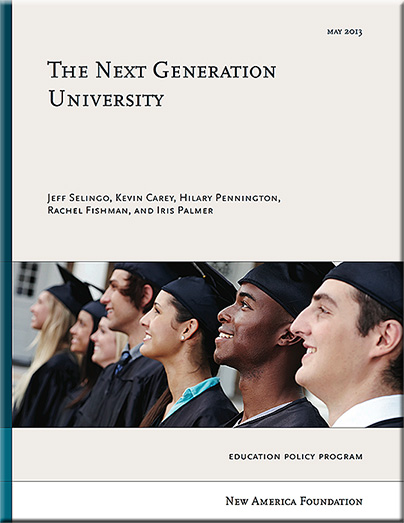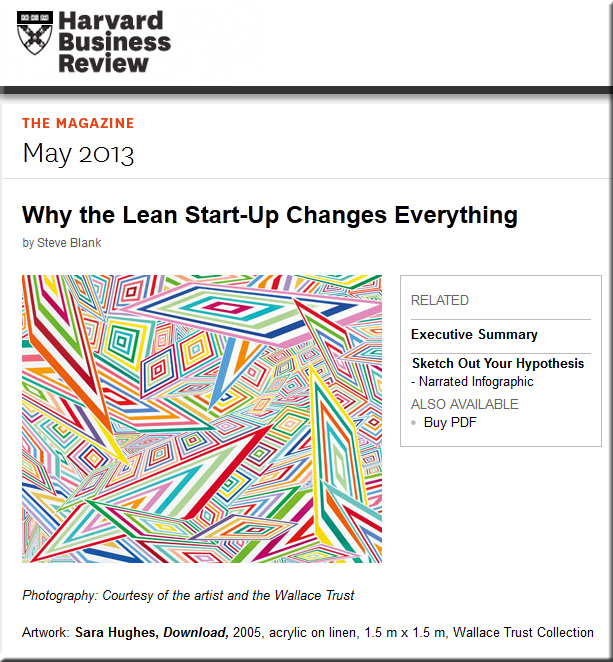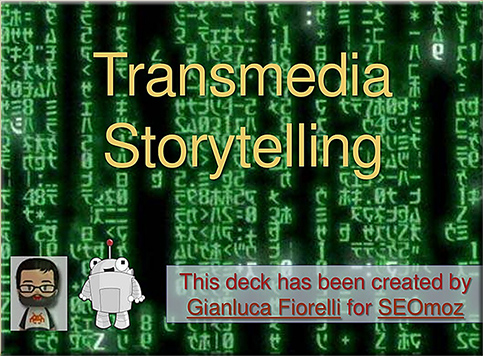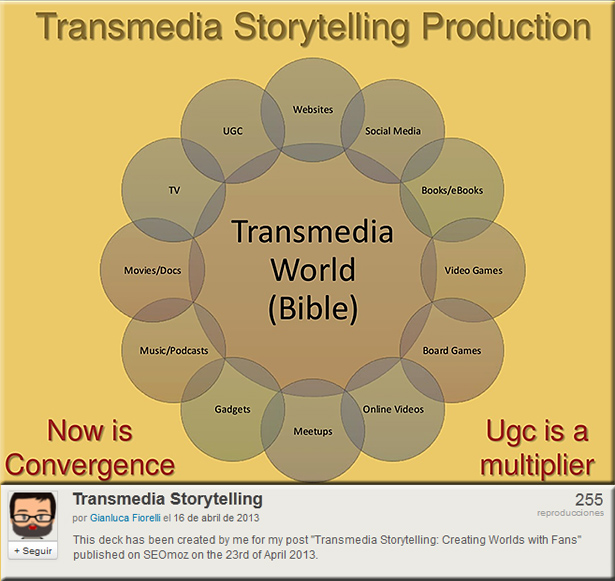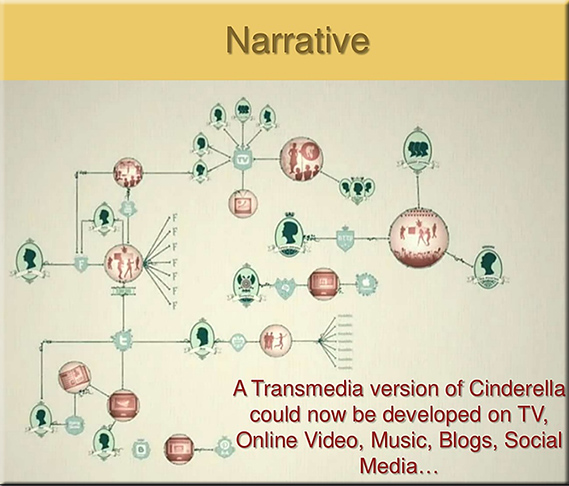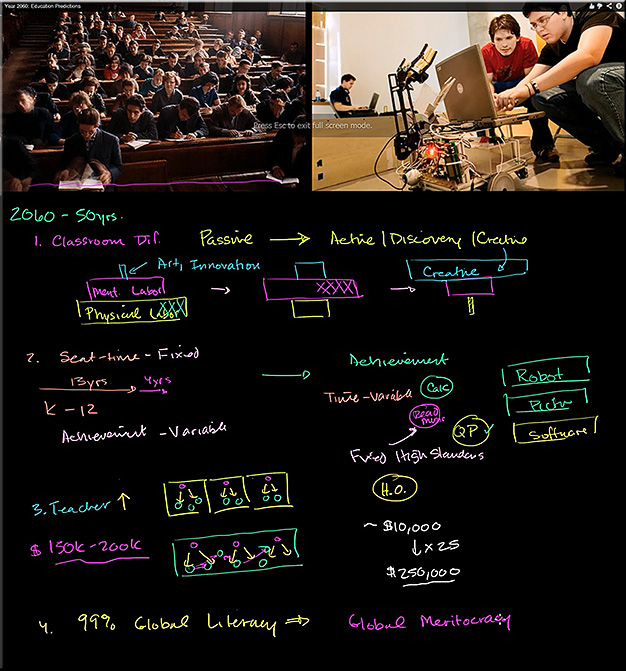Top-Ten IT Issues, 2013: Welcome to the Connected Age — from educause review online by Susan Grajek
Also see:
- A Transformative Period: Is Higher Education IT Having an Identity Crisis? — educause review online by Joanna Lyn Grama
- Geeks and Non-Geeks: From Contraxioms to Collaboration in Higher Education — from educause review online by Paul Glen and Maria McManus
.
From DSC:
If we want organizations to survive/thrive in the future, we really need to drop the word “geek” from our vocabularies and get rid of the mental tapes and images that the word “geek” suggests. It’s just not helpful.









